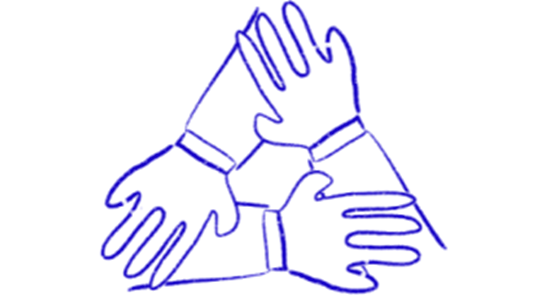Methods
At Mind, we have different methods for people to influence and participate in our work. On this page, you'll find links to each of the different methods we use.
How do I decide which method to use?
The techniques you use will depend on different factors. You'll need to consider time and budget, plus the number of experienced staff that can support.
Think about the activities you've already carried out for the project or topic. What worked, what didn't work, and why? If you need to involve people with specific experiences, or people from a particular demographic, consider what your audience will respond to best.
There are usually opportunities to use different methods at different project stages. Using multiple approaches in your work benefits both sides, offering opportunities for people to participate at level which works for them. This means you'll be able to hear different voices.
Whatever method you use, it's not the level of influence and participation that's most important. It's crucial to choose the best approach for the piece of work you're developing. And one that's suitable for the people involved.
Remote influence and participation
This page explains how to run participation remotely, with simple adjustments that can help people to contribute.
Co-design
In co-design, people with the relevant experience come together to create a tangible outcome, and decision making is shared throughout.
Co-production
In co-production, service providers and users work together. This allows an equal relationship between staff and people with lived experience.
Creativity
You can influence ideas and make decisions in lots of different ways. On this page, learn how to use artwork, spoken word, and ideas trees in influence and participation work.
Digital technology and social media
Computers, smartphones, Facebook groups, apps, online forums and texts can be a convenient way to reach lots of people and get feedback quickly.
Discussion and focus groups
Focus or discussion groups can be great ways to engage a small group on a topic. They can help you develop ideas and reflect on things together.
Formal groups
Formal groups are useful when you need to gather views on a long-term or ongoing basis. Participants meet regularly and are usually based in a service.
Interviews
Interviews offer a more personal, in-depth response from participants. They can be effective for gathering personal stories or case studies.
Organic methods
Organic methods are a less structured way of gathering feedback, from a wide range of people. They include the World Cafe and Open Space methods.
Questionnaires and surveys
Surveys help you get feedback from a large group of people. They can be anonymous, which helps get honest responses.
Service design
Service design helps to create or improve services. It includes steps like research, generating ideas, prototyping and delivery.
Trustees
You can get valuable input at a strategic level by having people with lived experience sitting on boards as trustees.
Working and steering groups
A working group involves people with specialist expertise on a topic. It decides what tasks to do, and completes them. A steering group is similar, but steers work done by others.
Other ways of involving people
This page covers all the other ways you could involve people, like delivering training, conducting peer research, suggestion boxes, mystery shopping, and user testing.
Tools in this section
Chairing and leading meetings
At Mind, we’re always looking for ways for people to use their experiences, get their views heard and improve mental health support. Leading meetings can be a great way of doing that.
This guide was co-created with people with lived experience to support people to lead or chair meetings. It also has guidance for Mind staff supporting people in these roles. The guide breaks down the different stages of leading a meeting, provides some tools and techniques and gives examples of different scenarios that may arise, and tips on how to handle these.
About this guide and looking after your wellbeing
Leading a meeting - an introduction
Leading a meeting - before, during and after
Tools and techniques for chairing meetings
Creating a group agreement
If you're asking people to join a one-off focus group or discussion event, a group agreement lets everyone know where they stand and helps to create a safe space for openness and honesty. If you're setting up a regular forum, make sure you have some terms of reference in place to clear expectations.
Creating a group agreement (with instructions) | Creating a group agreement (without instructions)
Defining and refining
You can use this tool to quickly and robustly focus your team around the priority questions and methods that you will take into your influencing activity.
Defining and refining (with instructions) | Defining and refining (without instructions)
Facilitation plan
This tool helps ensure your activity/event runs as smoothly as possible, from presenting questions to participants and identifying what resources you will need.
Facilitation plan (with instructions) | Facilitation plan (without instructions)
Managing risks
Use this tool to get five steps ahead of yourself and plan any risks that might present themselves.
Managing risks (with instructions) | Managing risks (without instructions)
Setting a good agenda
This tool can help you structure your agenda so that all participants are clear on the topics being discussed and know what is expected of them.
Setting a good agenda (with instructions) | Setting a good agenda (without instructions)
This work is licensed under a Creative Commons Attribution-NonCommercial-NoDerivatives 4.0 International License.











